Due to construction for our Rothko Pavilion expansion and renovation project, many permanent collection galleries are closed.
American Art
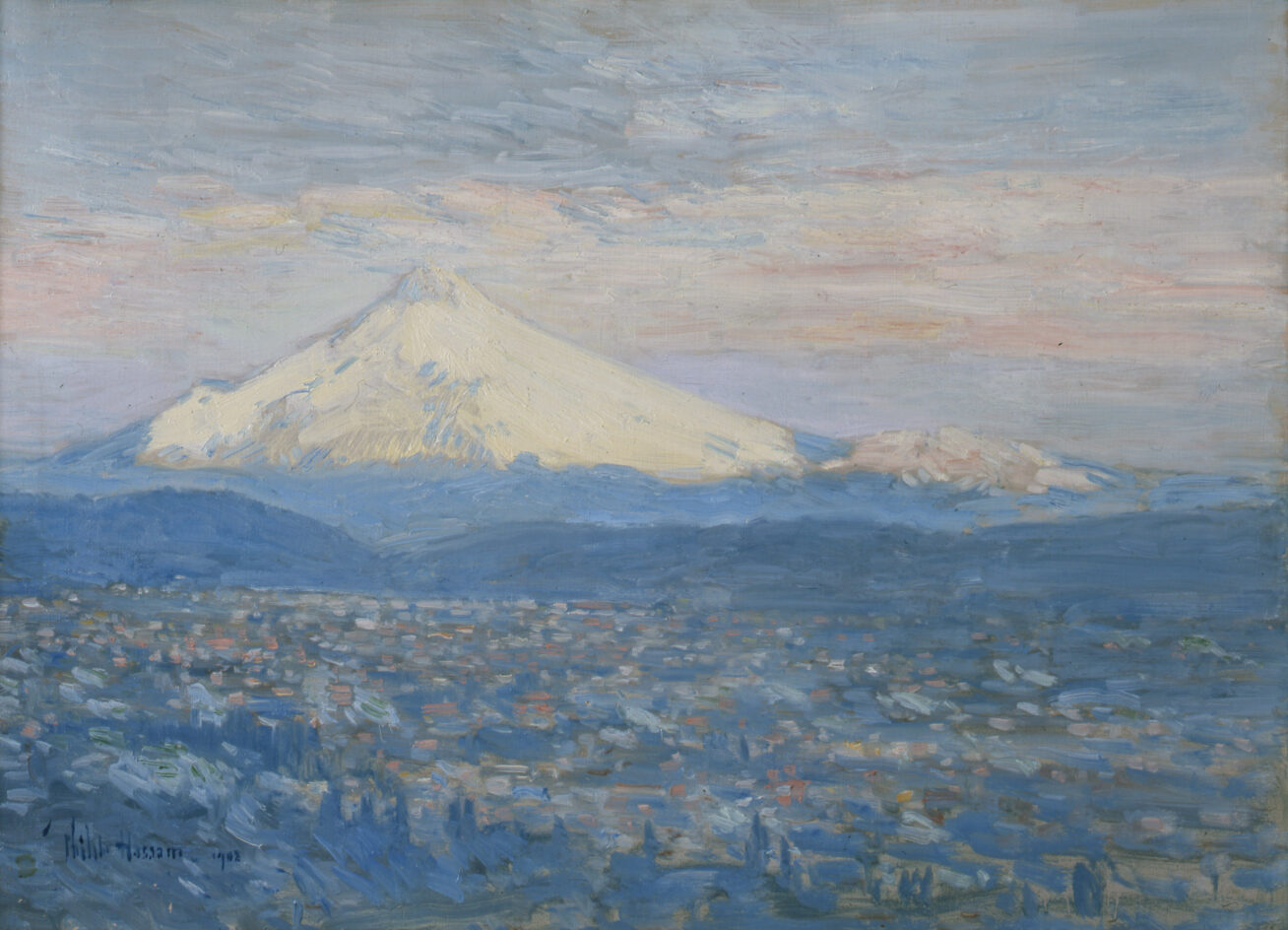
Since 1892, the Museum has amassed a significant collection of American paintings and sculptures. Located on the second level of the Main Building, the collection has grown primarily through gifts and key purchases of works by artists of national acclaim.
Arranged chronologically, the collection provides an overview of the history of American art. Early portraits by Gilbert Stuart and Erastus Salisbury Field join acknowledged late 19th–century masterworks such as the magnificent Mount Hood by Albert Bierstadt, The Sculptor and the King by George de Forest Brush, and Thomas Moran’s The Grand Canal, Venice. The collection also features paintings by the great 19th–century landscape painter, George Inness.
The collection is rich in works by American Impressionists Childe Hassam and J. Alden Weir, including paintings created during their visits to Portland in the early 1900s and Weir’s portrait of Museum founder C.E.S. Wood. Other works from the first half of the 20th century include paintings by artists ranging from Modernists Milton Avery and Marsden Hartley to John Sloan, George Luks, and other members of the Eight, a group of American artists that united to oppose academism.
Asian Art
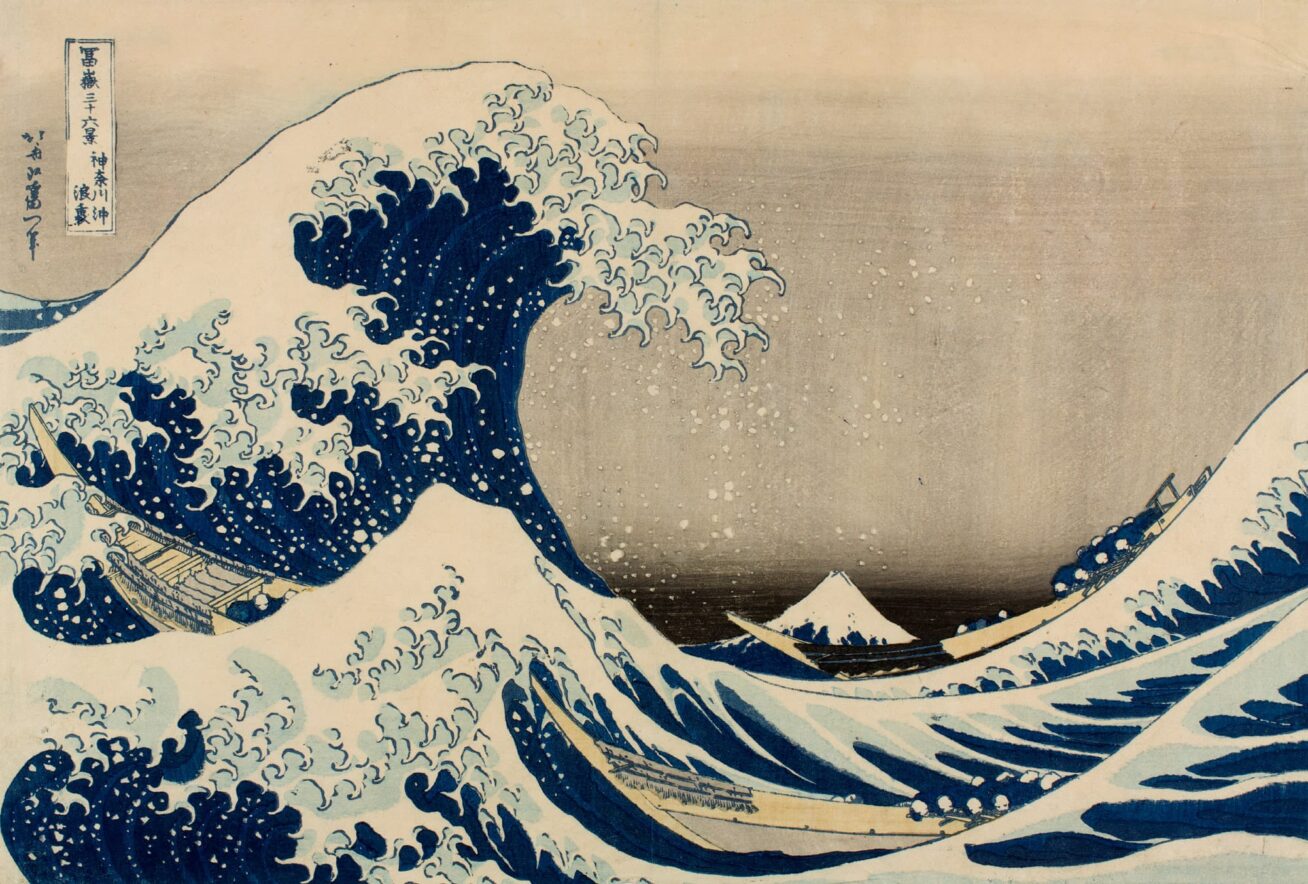
Curator
Jeannie Kenmotsu, Ph.D., The Arlene and Harold Schnitzer Curator of Asian Art
Recognizing Portland’s pivotal location as a gateway to Asia, Asian art has been a focused area of collecting for the Portland Art Museum since its inception. The origins of the collection can be traced to work donated by the Museum’s founding trustees and it has continued to grow over the past 115 years to encompass more than 6,500 objects.
Areas of strength include Japanese, Chinese, and Korean art. The Museum is especially renowned for its extensive collection of over 3,000 Japanese prints. Beginning with a gift of nearly 800 historical prints from the Mary Andrews Ladd Collection in 1932, PAM’s collection has since expanded to include contemporary selections. The Museum’s Japanese collection is also rich in painting and decorative arts of the Edo (1615–1868) and Meiji (1868–1912) periods, and contemporary Japanese ceramics. In recent years, a transformative gift of one hundred works from the Mary and Cheney Cowles Collection has deepened and broadened the selection of Japanese painting and calligraphy, with works from the eighth to twentieth centuries.
PAM’s Chinese collection covers a broad span of time from the Neolithic to modern periods, with holdings that include furnishings and decorative arts. The collection is distinguished by an important collection of ceramics—primarily tomb objects—from the Han (206 BCE–220 CE) and Tang (618–907) dynasties, and is built upon major gifts of Han and pre–Han objects from the Arlene and Harold Schnitzer Collection of Early Chinese Art. Other highlights include exemplary bronzes and a world-class landscape painting by Shen Zhou (1427–1509).
The Korean collection features items dating from the 4th century to the present day. Highlights include several important folding screens of painting and embroidery from the Joseon period (1392–1910), and recent acquisitions of Goryeo-period (918–1392) celadons and works by contemporary potters. Finally, a small but notable group of Islamic and Indian paintings and South Asian Buddhist art round out the geographical breadth of PAM’s holdings.
The areas of strength within the Asian art collection are highlighted in the Museum’s seven reinstalled and updated Asian art galleries. The galleries display a mix of contemporary and historic works, featuring recent acquisitions alongside loans from notable collections. Japanese art is on view in three different presentations: MAKERS: The Culture of Craft, which explores the beauty of everyday craft objects and centers makers as ‘auteurs,’ with a nod to Portland’s own “maker” culture; KENJI NAKAHASHI: Between Things, which spotlights the late conceptual and street photographer’s works from the 1970s-1990s; and Conversations in Clay, a presentation of contemporary Japanese ceramics, including several pieces from pioneering women artists. In adjacent galleries, Heaven and Earth: Chinese Art from the Collections emphasizes the Chinese collection’s strengths through a thematic approach; Cloud Dream of the Nine: Stories of a Painting features a newly conserved Korean screen painting from the Joseon period; and Word in Flower: Arts of Buddhism explores diverse expressions of Buddhist visual culture in various mediums from the sixth to twenty-first centuries, including some of the Museum’s rarest works of sacred art, on view alongside recent work by living artists.
Black Art & Experiences
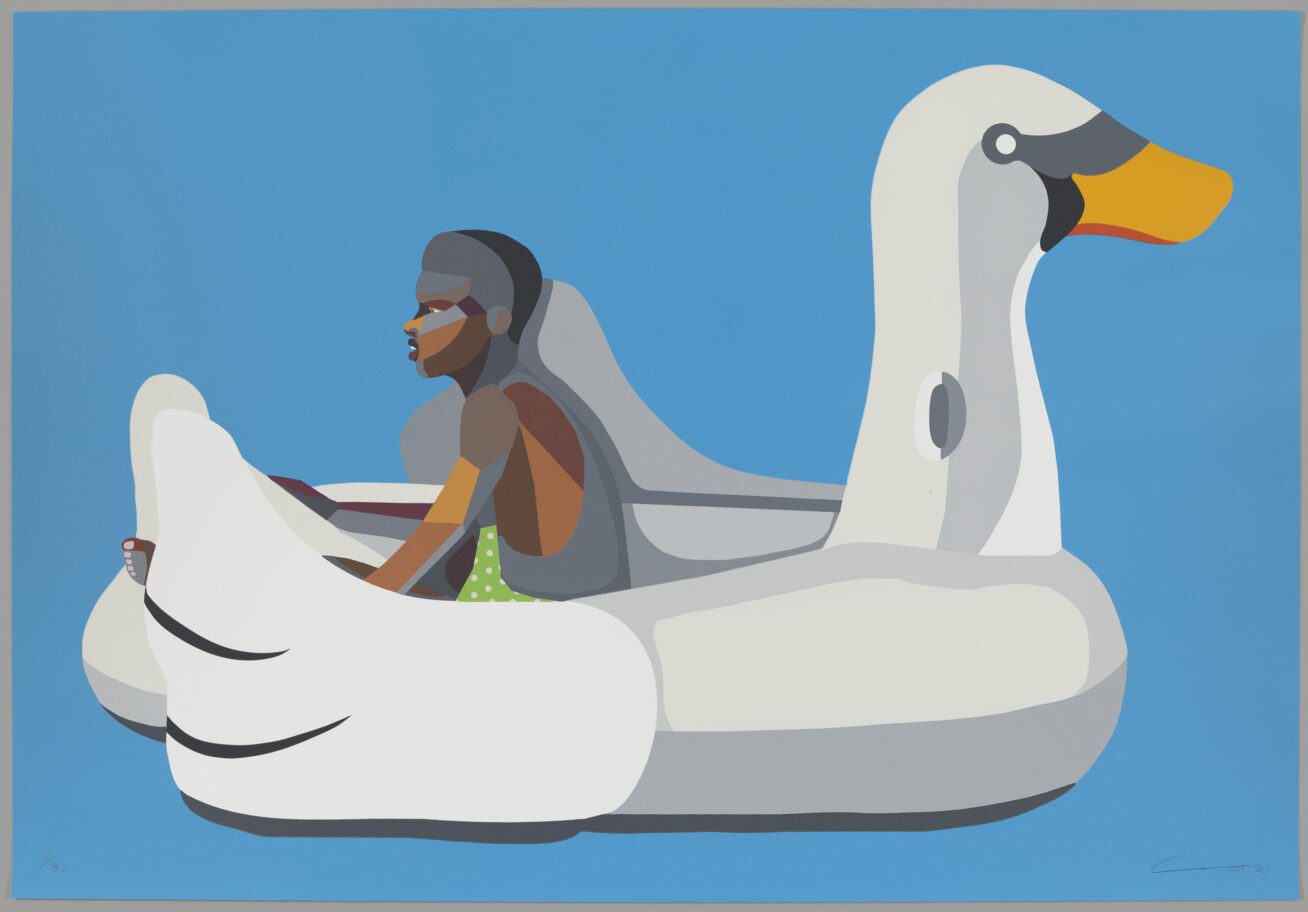
Curator
Sara Krajewski, Eichholz Senior Curator of Modern and Contemporary Art
Jaleesa Johnston, Curatorial Coordinator
Amber Edwards, Head of Public Engagement and Programs
Portland Art Museum’s (PAM) new Black Art and Experiences Initiative creates dedicated gallery space within the Museum for exhibitions, performances, and programs that reflect the multitude of Black experiences. The gallery is a reflection and an extension of PAM’s efforts over the last decade to expand its collection and exhibition program, providing a platform to uplift historically underrepresented artists. The new space showcases the vitality of Portland’s Black artistic community, as well as works by nationally and internationally recognized Black artists.
The new spaces open with Lisa Jarrett: Tenderhead, an exhibition exploring migration, diaspora, and family history reflected in a critical intersection of Black life – Beauty Supply and salon. Conductions: Black Imaginings considers the role ephemera plays as a conduit for remembrance through the performance work of Noah Beckham, Bridgette Hickey and Miles Greenberg, along with a piece by Nick Cave from the Museum’s collection. From the Collection: Prints by Black Artists highlights PAM’s recent collecting activity and features artists Derrick Adams, Robert Pruitt, Alison Saar, Gary Simmons, Kara Walker and several others. The CREATE Space activation area will offer a reading and reflection area for visitors showcasing artists from Portland and Oregon.
With art and engagement programs drawn from across the Museum’s collection, this new program area illustrates PAM’s broader efforts to encourage dialogue through a cross-departmental and community-driven approach. Located on the first level of the Mark Building, the Gallery is visible through the Museum’s transparent façade that looks out onto a public open-air passageway, expanding access to the art on view and contributing to the integration of cultural and public life in downtown Portland.
European Art
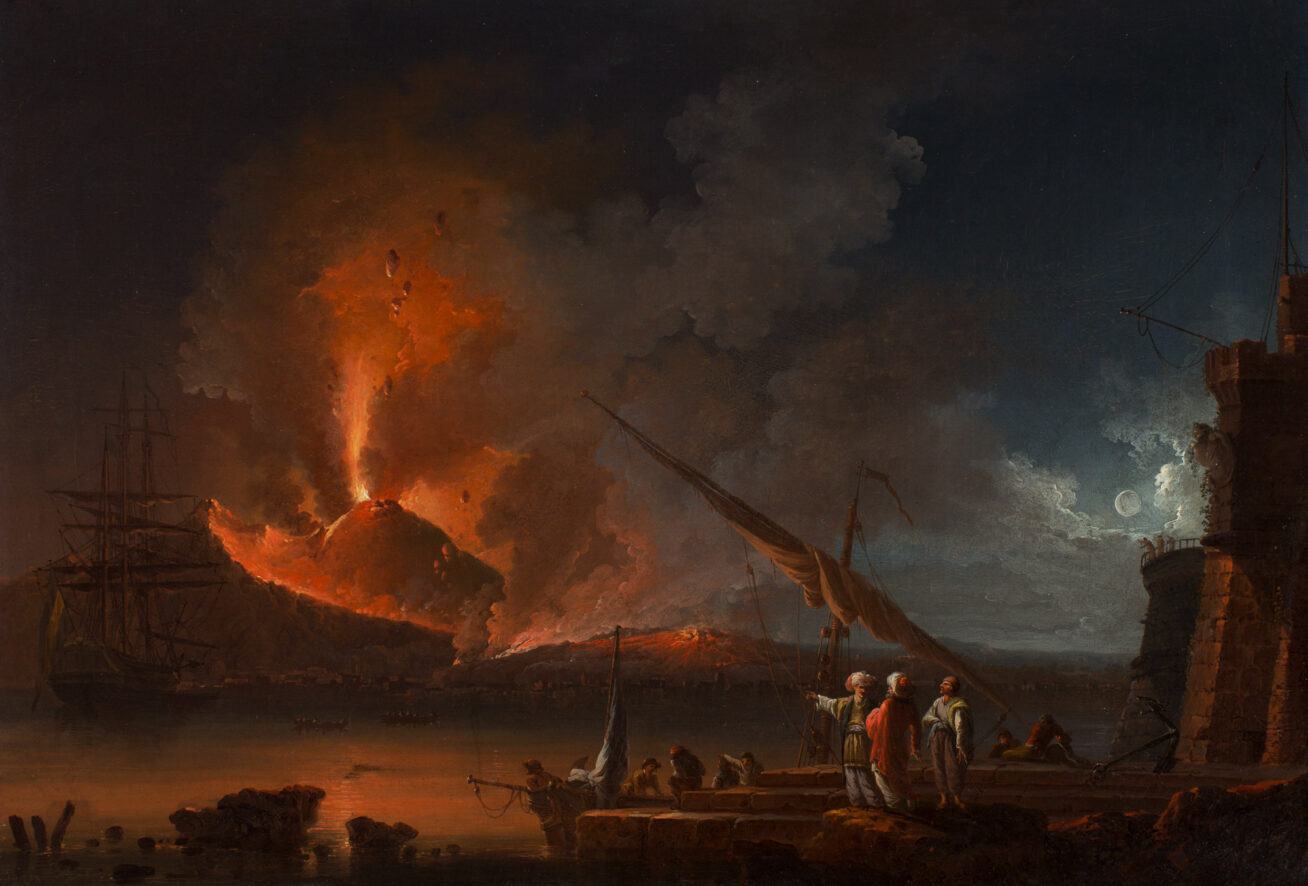
Since the Museum’s founding in 1892, European art has been at the core of the permanent collection. Museum founder Henry Corbett gave $10,000, which helped purchase the first acquisitions to the permanent and European collections: 100 plaster casts of Greek and Roman sculptures. The sculptures were chosen by Museum founder Winslow B. Ayer, who spent several months selecting works for the Museum from galleries and museums in Europe. In 1895, the Corbett Collection, as the casts were known, was installed. An instant success, the collection was considered Portland’s most important and popular cultural resource.
Today, the collection occupies a sequence of galleries on the Main Building’s second floor allowing visitors to follow the works from the 17th century back to Classical Antiquity or forward to the 19th century. A gallery of classical antiquities displays a selection of Greek, Roman, and Etruscan objects, including red- and black-figure vases, small bronzes, and glass drawn from the Sally Lewis Collection donated to the Museum in 1926.
Several important paintings were acquired in the early decades of the 20th century, but it was through two significant bequests, the 1935 Winslow B. Ayer bequest and the 1943 C.F. Adams bequest, that the Museum acquired the French 18th-century Impressionist paintings at the core of the European collection.
In 1961, the collection expanded to include the Renaissance and Baroque paintings and sculptures, gifted by the Samuel H. Kress Foundation, that anchor the representation of the stylistic evolution of European painting from the 14th through 19th centuries.
Gifts from generous supporters and select acquisitions continue to expand the scope and quality of the collection. Major additions of Baroque art include Portrait of Cardinal Domenico Rivarola by Anthony Van Dyck, Volumnia Before Coriolanus by Rembrandt’s student and friend, Gerbrand van den Eeckhout, and Spirit of the Dance by Jean-Baptiste Carpeaux. The French holdings from the collection’s beginning have been supplemented by recent purchases of French 17th–century masters, including paintings by Philippe de Champaigne, Michel Corneille, Jacques Stella, Jean-François de Troy, Jean-Baptiste Greuze, Jean-Honoré Fragonard, Gustave Courbet, and Camille Corot.
Modern & Contemporary Art
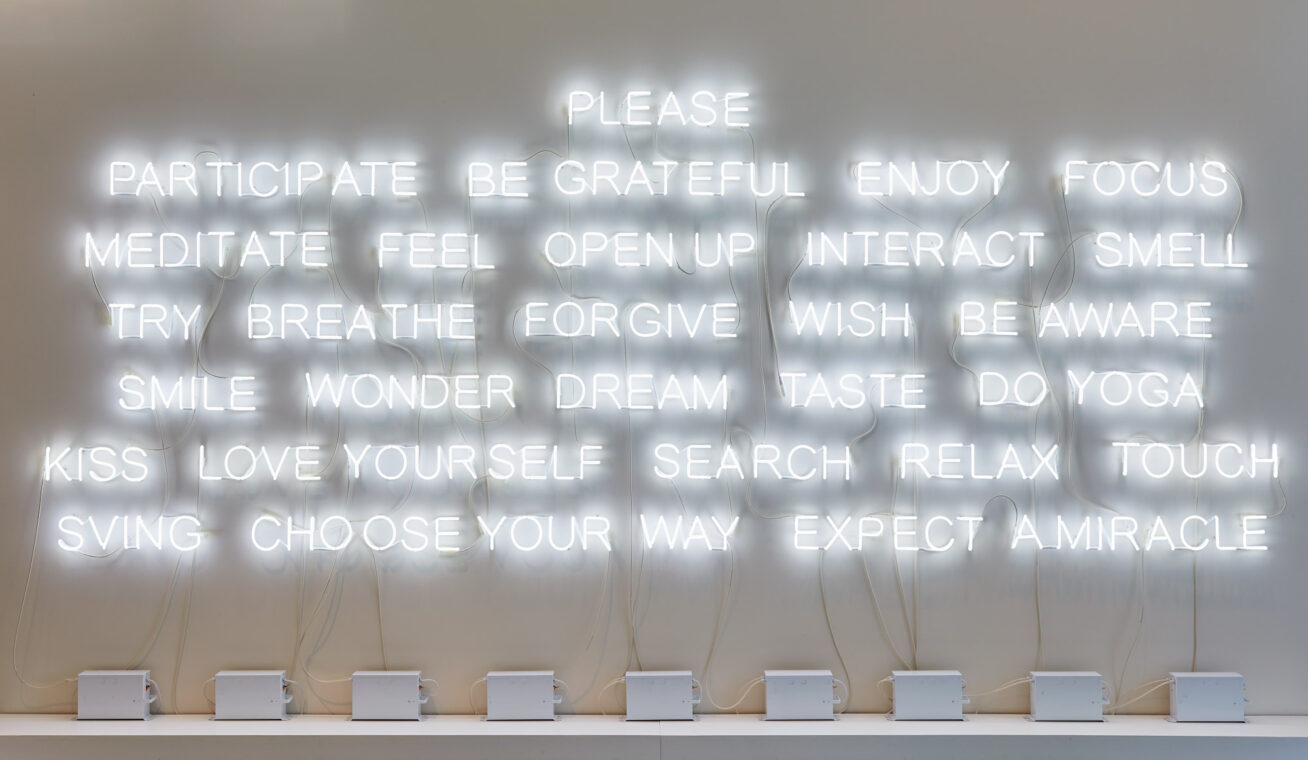
Curator
Sara Krajewski, The Robert and Mercedes Eichholz Senior Curator of Modern and Contemporary Art
Since its founding, the Portland Art Museum (PAM) has foregrounded living artists as a core part of its mission. This commitment is reflected in the Museum’s modern and contemporary art collection, which originated in the early 1900s and has steadily grown through donations and purchases of artworks by artists of the day. Exhibitions drawn from the collection explore the ways artists innovate with materials and modes of expression as they tackle the meaningful issues of our time. The collection’s areas of strength include mid-twentieth-century American painting and sculpture, West Coast light and space art, and Postmodernist and contemporary multimedia works.
Selections from PAM’s modern and contemporary collection are on view across four levels of renovated galleries in the Jubitz Center for Modern and Contemporary Art. The presentation showcases works dating from the 1930s to the present and highlights several recent major acquisitions from artists including Jeffrey Gibson, Simone Leigh, and Carrie Mae Weems. Emphasizing themes of identity, place, and activism, the reconfigured galleries provide new opportunities for PAM to show more monumental works from its collection, particularly in the high-ceilinged contemporary galleries and in the Crumpacker Center for New Art. The new 2,700-square-foot Center is dedicated to large-scale, immersive artists’ projects and will open with 4th Floor to Mildness, an immersive installation by internationally renowned video artist Pipilotti Rist.
Demonstrating the range and breadth of PAM’s holdings in sculpture, the new light-filled Whitsell Family Grand Gallery in the Rothko Pavilion features an exhibition of works from multiple collections, including Asian, Native American, and Northwest Art and recent acquisitions from artists Pedro Reyes and Marie Watt.
In 2001, PAM significantly expanded its holdings of 20th-century American paintings with the acquisition of the Clement Greenberg Collection, encompassing works by artists such as Helen Frankenthaler, Jules Olitski, and Kenneth Noland. PAM continues to diversify its collection with a focus on women artists, artists of color, and international artists with significant acquisitions by Chiho Aoshima, Petah Coyne, Nohemi Perez, Elias Sime, Mickalene Thomas, and Fred Wilson. The Museum has also added video and new media works to its collection, highlighting artists who continue to push the medium in new directions.
Native American Art
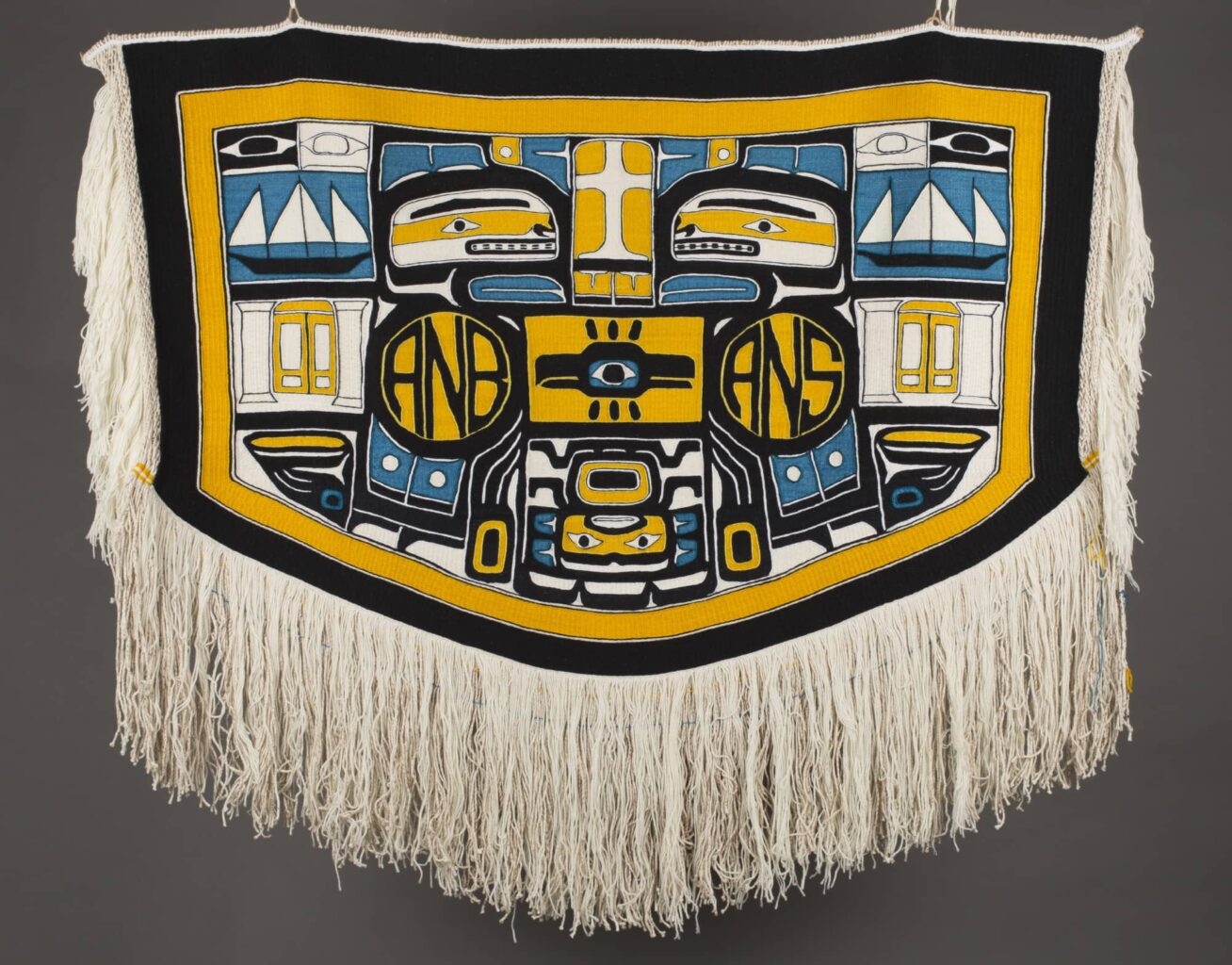
Curator
Kathleen Ash-Milby, Senior Curator of Native American art
Erin Grant, Assistant Curator of Native American art
Portland Art Museum’s Native American Art collection encompasses over 3,500 ancient, historic and contemporary objects originating from approximately 200 Indigenous cultural groups from across the Americas. Notable for its depth and breadth, the collection houses works by Native American masters such as Allan Houser, Charles Edenshaw, Maria Martinez, and Virgil Ortiz in addition to regional contemporary artists such as Lillian Pitt, Joe Feddersen, James Lavadour, Wendy Red Star, and Marie Watt.
The Museum began collecting Native American art on a small scale in 1918, until the 1948 purchase of a major collection of Northwest Coast art and material culture collected by Axel Rasmussen in Alaska between 1921 and 1937. In the late 1980s Oregon collector Elizabeth Cole Butler began donating her regionally diverse collection of Native American art of North America. Today, the Museum is actively expanding its collection through the regular acquisition of new work as part of PAM’s ongoing commitment to contemporary Native artists and ensuring its collection reflects the regional landscape and culture and amplifying the diverse voices of its community.
Housed across two floors, PAM’s reimagined Native American Art galleries open with a pair of focused exhibitions speaking to the rich diversity of Native American art. Shifting the Narrative: 21st Century Acquisitions, presented on the second floor, showcases contemporary and historic art in photography, sculpture, fashion, basketry, and more, including notable recent acquisitions by Wendy Red Star, Will Wilson, and Julie Buffalohead, as well as recalling the collection’s early history.
The third-floor galleries bridge the Native American and Northwest Art collections, spotlighting the history and cultural contributions of Indigenous communities to the Pacific Northwest and offering the opportunity for dialogue between the two collection areas. The inaugural exhibition, Rick Bartow: Storyteller, presents over 40 collection works and loans by one of the region’s most prominent Native artists. Through paintings, mixed media sculpture, and drawings, the exhibition demonstrates the late Wiyot artist’s gift as a visual storyteller.
Northwest Art
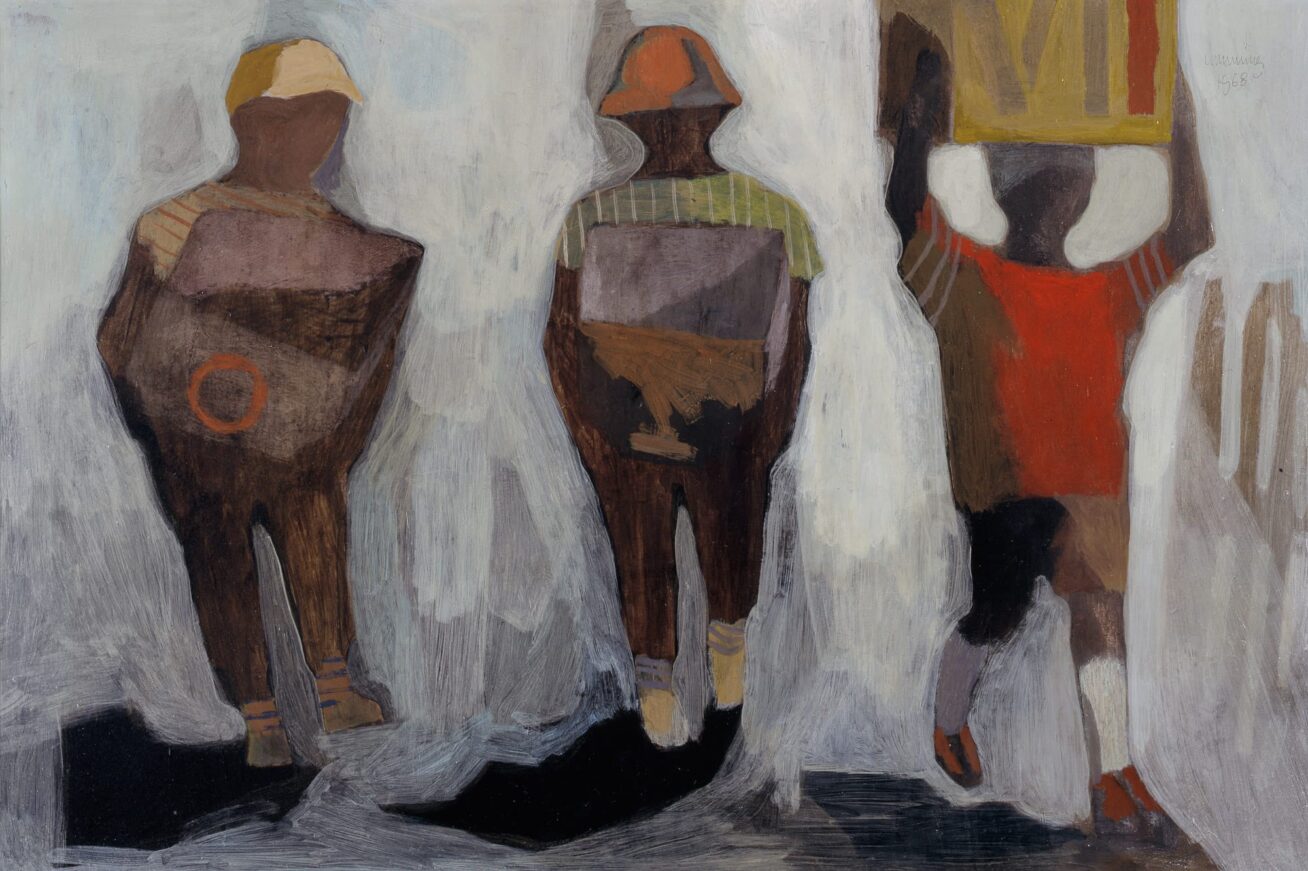
Curator
Grace Kook-Anderson, The Arlene and Harold Schnitzer Curator of Northwest Art
With a dedicated Curator of Northwest Art for more than 30 years, Portland Art Museum creates unparalleled opportunities to amplify the voices of artists working in the Pacific Northwest today. Initially focused on art made in Oregon and Washington, the collection has grown to encompass more than 10,000 works by artists throughout the Northwest, including from neighboring states Wyoming, Montana, and Idaho, along with Alaska and British Columbia. Today, PAM’s holdings in this area span works by a wide range of notable artists who have been inspired by or lived in the Northwest United States and Canada, including painters C.E.S. Wood, J. Alden Weir, and Childe Hassam; photographers Carleton Watkins and Ray Atkeson; and contemporary artists Carrie Mae Weems, Mickalene Thomas, Marie Watt, and Otis Kwame Kye Quaicoe.
PAM serves as a living incubator for diverse stories from the Northwest and is dedicated to acquiring works by and spotlighting contemporary creatives from the region. This commitment is evident in the Museum’s reinstalled Northwest Art galleries across two floors. Inaugurating the fourth-floor galleries, To Gather Your Leaving: Themes of Diasporic Experience reflects on personal history and identity forged through the immigrant experience, highlighting new acquisitions by a diverse range of contemporary artists including Frank Okada, Dinh Q. Lê, V. Maldonado, Mary Ann Peters, and Tannaz Farsi.
The third-floor galleries feature a focused exhibition that sheds new light on the work of Mary Henry, an underrecognized painter from the region. Mary Henry: A Long Unbroken Line traces the artist’s evolution from figuration to abstraction through the presentation of paintings and works on paper. Galleries on this floor bridge the Northwest Art and Native American collections, speaking to the unique history and cultural contributions of Indigenous communities to the region and offering the opportunity for dialogue between the two collection areas.
PAM’s dedication to reflecting the Northwestern landscape and culture extends beyond the Northwest Art galleries. Artists who have visited, lived, and worked in the region are represented across every area of the Museum’s collection, as well as in the regional narratives highlighted in special exhibitions.
Photography
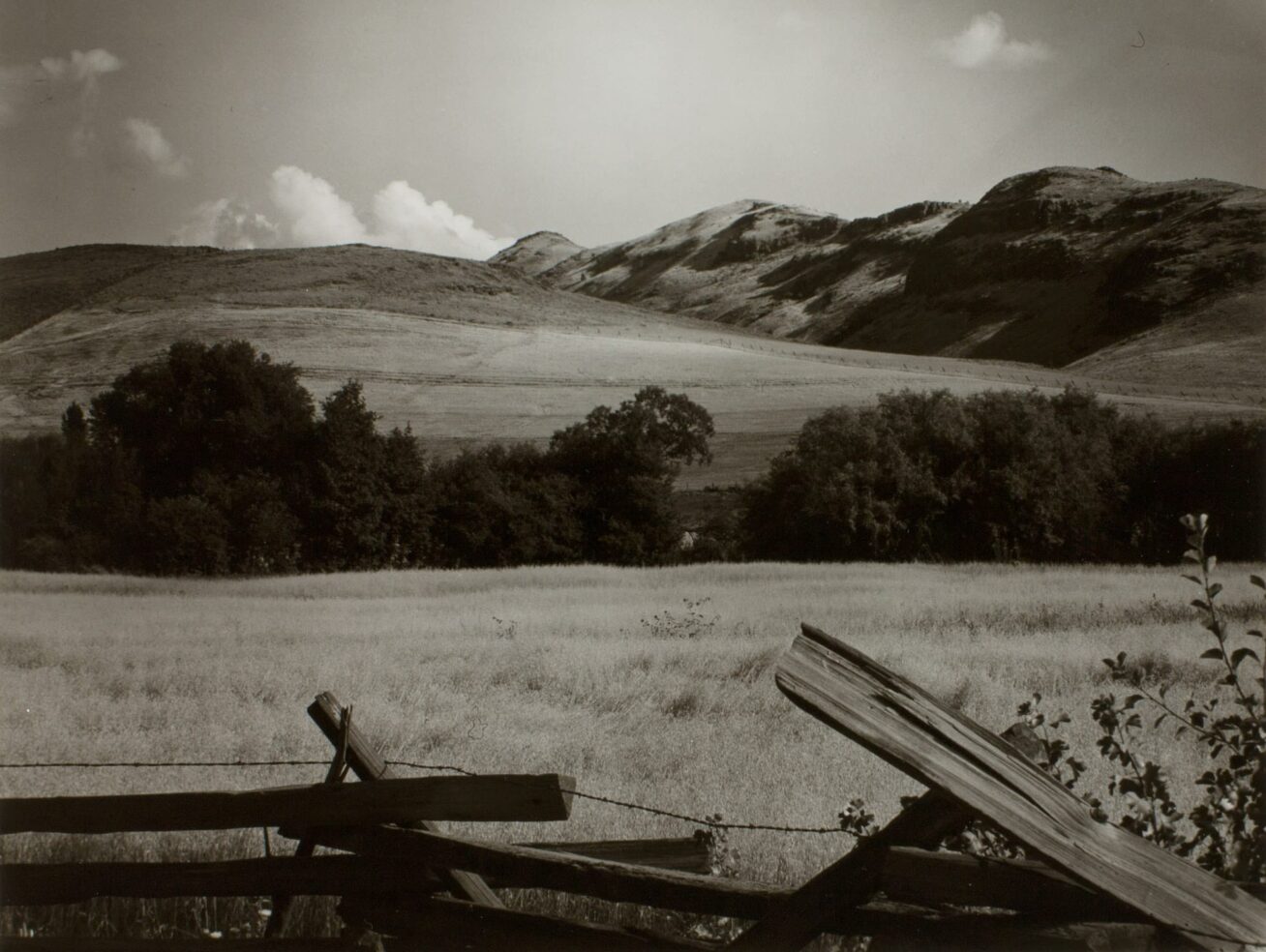
Curator
Julia Dolan, Ph.D., The Minor White Senior Curator of Photography
PAM’s commitment to photography dates back to 1905, when the Portland Society of Photographic Art initiated regular exhibition programming within the Museum’s galleries. Today, PAM is home to a collection of more than 10,000 photographs, with particular strengths in landscape and post-WWII American photography. Collection highlights include Minor White’s Works Progress Administration photographs of Portland and its environs; a complete set of Edward Curtis’s major publication, The North American Indian; and significant holdings of work by Ingeborg Gerdes, Ray K. Metzker, Bea Nettles, Aaron Siskind, and Oregon resident Robert Adams, one of the most significant contributors to postwar American landscape photography. PAM’s holdings in this area also encompasses more than 500 images by Soviet-era Russian photographers, as well as works by noted contemporary artists such as Binh Danh, Nona Faustine, Vik Muniz, Cindy Sherman, Lorna Simpson, and Carrie Mae Weems.
The photography collection is on view in designated, newly expanded galleries on the second floor of the Jubitz Center for Modern and Contemporary Art. The inaugural installation Together features approximately 75 photographs, with an emphasis on recent acquisitions from artists including Berenice Abbott, Ray Metzker, Leah Kolakowski, and Arthur Leipzig, showcasing how photographers record and promote the idea of togetherness through images of companionship, family, and social gatherings.
Additionally, the foyer outside of the photography galleries is reimagined with an installation of landscape and pastoral images dating from the 1840s through the 2010s, emphasizing the collection’s strengths in this area.
Prints & Drawings
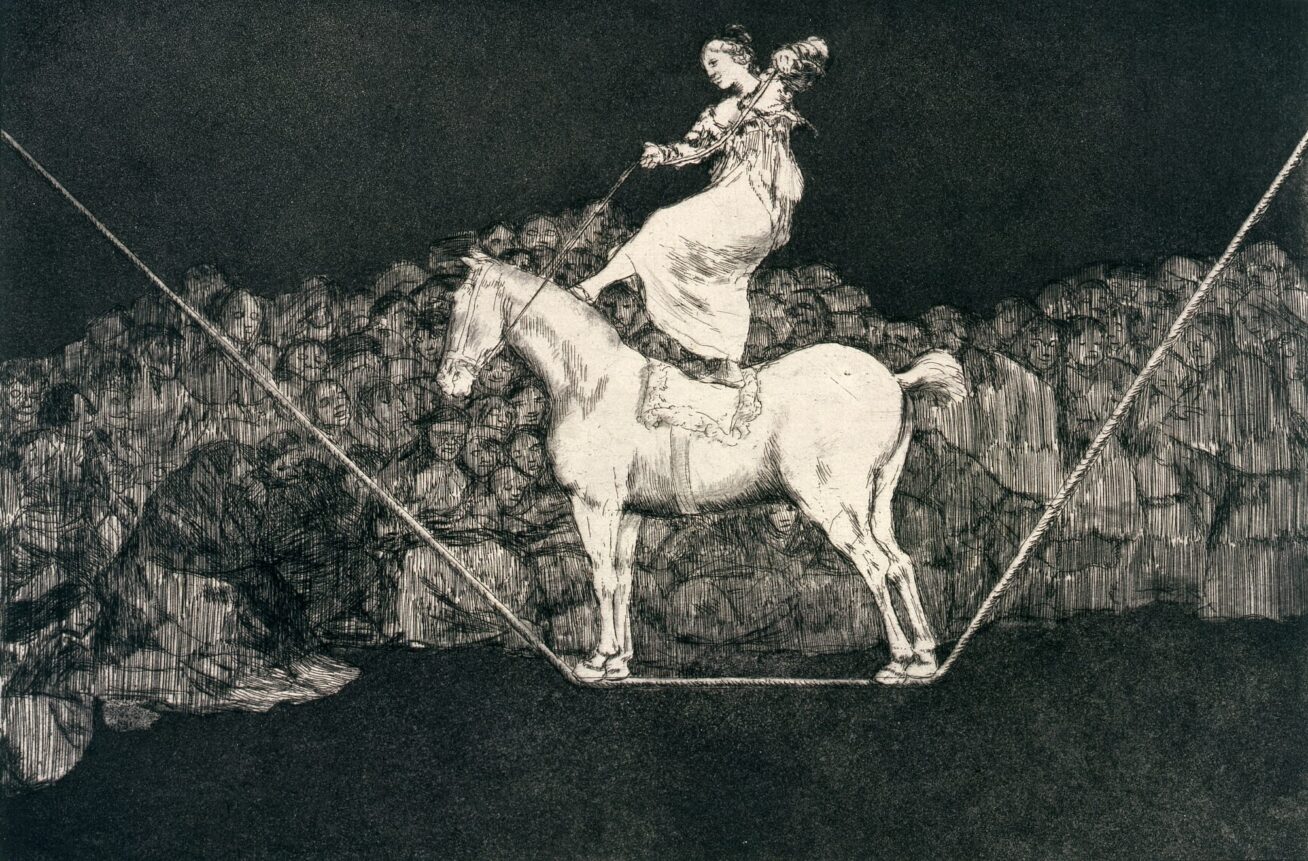
Curator
Mary Weaver Chapin, Ph.D., Senior Curator of Prints and Drawings
The Museum’s Prints & Drawings department has been a cornerstone of the Portland Art Museum collection since its founding, with over 25,000 works encompassing drawings, prints, posters, and artists’ books spanning the past 500 years. The majority of the collection stems from donations, notably a significant gift from Gordon Gilkey, a printmaker and former curator at the Museum, along with strategic purchases over time.
The collection features works by major European and American artists from the Renaissance to the present, including Giovanni Battista Piranesi, Francisco de Goya, Honoré Daumier, and Kä athe Kollwitz. Notable areas of focus include 19th-century French prints, German Expressionist works, American World War I posters, Corita Kent’s screenprints, modern Mexican prints, and a significant selection of works by artists who have lived and worked in the Pacific Northwest.
Inkling Studio: Printmaking in Portland, 1981-2009 celebrates the Museum’s commitment to local artists. The exhibition examines the influence of Inkling Studio, a cooperative print studio in Portland that served as a catalyst to the city’s devotion to the graphic arts, and which built a powerful community of artists including Tom Prochaska, Sherrie Wolf, and dozens more. In addition, a special presentation of lithographs by American artist Paul Harris will be on view in a newly created gallery space for rotating exhibitions on the second floor of the Main building. The exhibition presents 20 colorful lithographs from Harris’ Shut-in Suite, his 1969-70 series depicting vibrant tableaus that reflect upon the isolation, beauty, and magic of everyday life.
Silver
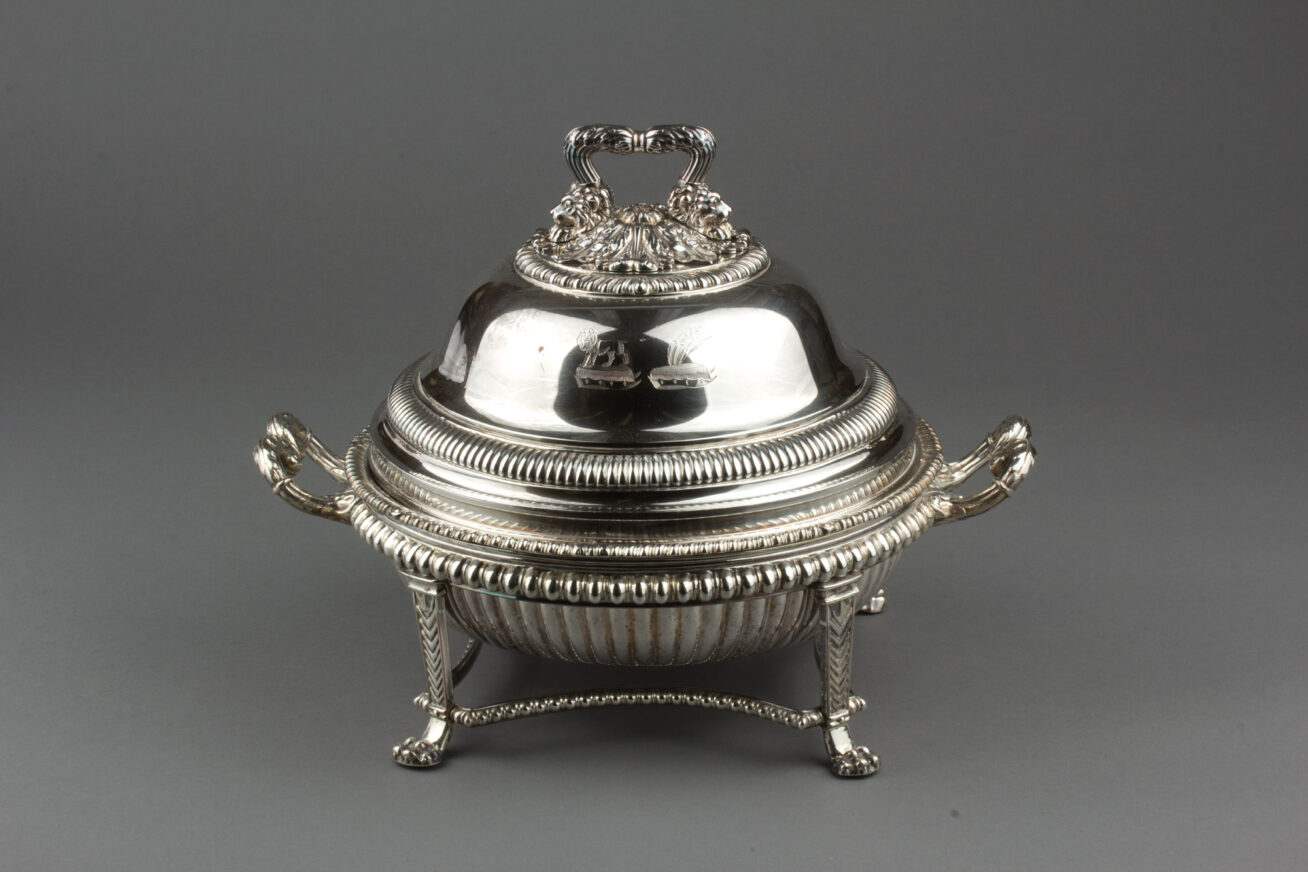
The Portland Art Museum’s silver collection is the result of the generosity of Portland community members. William H. Nunn and his wife Alice gave their private silver collection to the Museum and, in 1955, established a fund to support ongoing acquisitions. Henry Failing Cabell’s 1972 bequest added considerable depth to the collection, with rare treasures such as an Elizabethan silver-gilt bell salt. In 1982, Anna Wheeler Hayes gave the Museum her collection of the intriguing sauce vessels known as “argylls.” Updating the impressive historical collection are the more recent gifts of Margo Grant Walsh, whose extensive collection focused on the Arts and Crafts movement.
For many years, the Museum’s extraordinary collection of silver art was a “buried treasure,” ironically known better by scholars in the field than by many residents of Portland. The Museum’s new gallery allows for the display of more than 100 pieces from this collection, which ranges from a 15th-century drinking bowl to a mid-Victorian silver tea service. The collection also includes a spectacular Rococo cup and cover with maker’s marks of Lewis Herne and Francis Butty, and a fascinating neoclassical centerpiece marked by John Scofield.
The installation of the Museum’s Silver gallery has been generously supported by Max R. and Suzanne M. Millis and the Henry Luce Foundation.
Join an art council
Joining an art council is the best way to explore a favorite genre, region, or period of art. As a council member, you’ll learn directly from curators, go behind the scenes of the collection, and connect with other Museum supporters who share your interests.